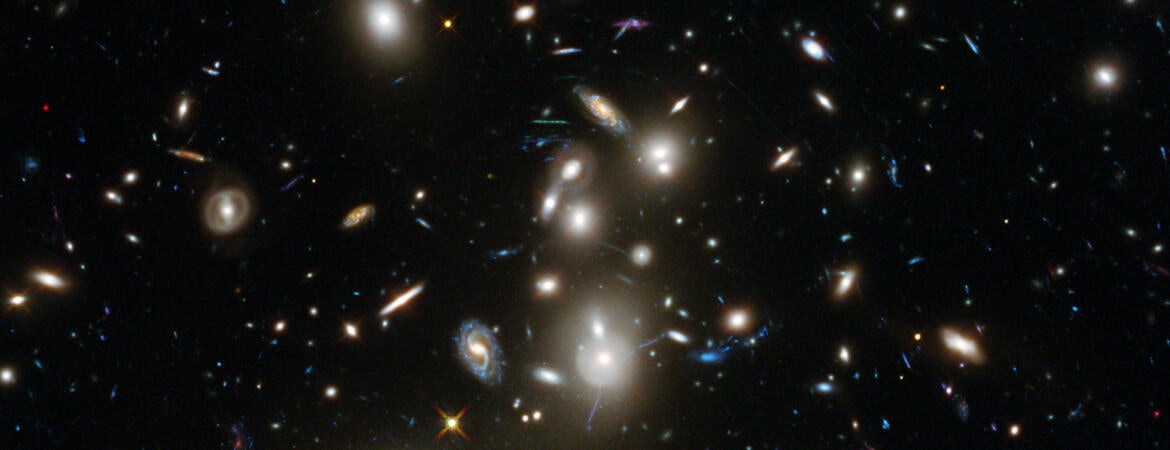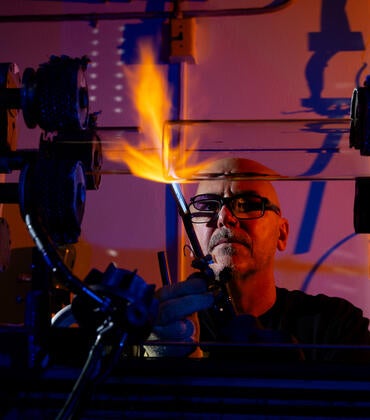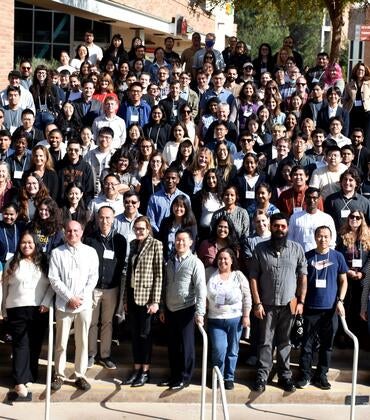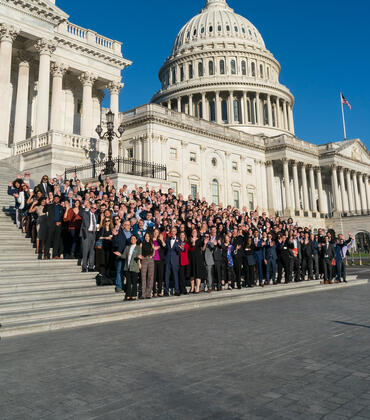Protoclusters are extended clumps of material that can eventually form today’s galaxy clusters. In a paper published in Nature, a research team, including UC Riverside physicist Simeon Bird and his graduate student Mahdi Qezlou, reports it has identified protoclusters using a new technique that differs from earlier methods by identifying clumps of gas instead of clumps of galaxies.
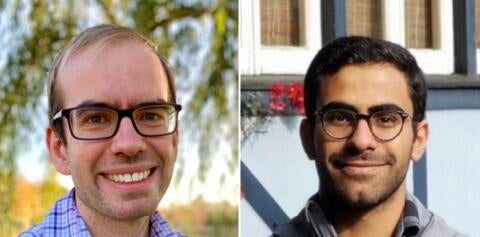
“We found many of the protoclusters we identified using gas do not contain more observable galaxies than an average patch of the universe,” said Bird, an assistant professor of physics and astronomy. “They would not have been detectable by earlier methods that used galaxies to find protoclusters. This is very strange because today’s galaxy clusters contain a lot of galaxies, but little gas. Something may be preventing the galaxies from forming or preventing us from seeing them.”
Qezlou led related theory work examining how protoclusters can be found in these observations. A former UCR-Carnegie graduate researcher fellow, he strengthened the research connections between the Observatories of the Carnegie Institution for Science and UCR. Andrew B. Newman of the Carnegie observatories, who co-advises Qezlou, is the paper’s lead author.
“Simeon and I worked closely with Carnegie’s researchers to compare their observations with the theoretical expectations,” Qezlou said. “This requires detailed simulations of the cosmos which are feasible only with our efficient codes and large supercomputers.”
Further increase in the number of observed protoclusters requires the next generation of telescopes, which will be available in the near future.
“Perhaps then we can work out why these objects contain fewer galaxies than expected,” Bird said.
The research paper is titled “A population of ultraviolet-dim protoclusters detected in absorption.”
